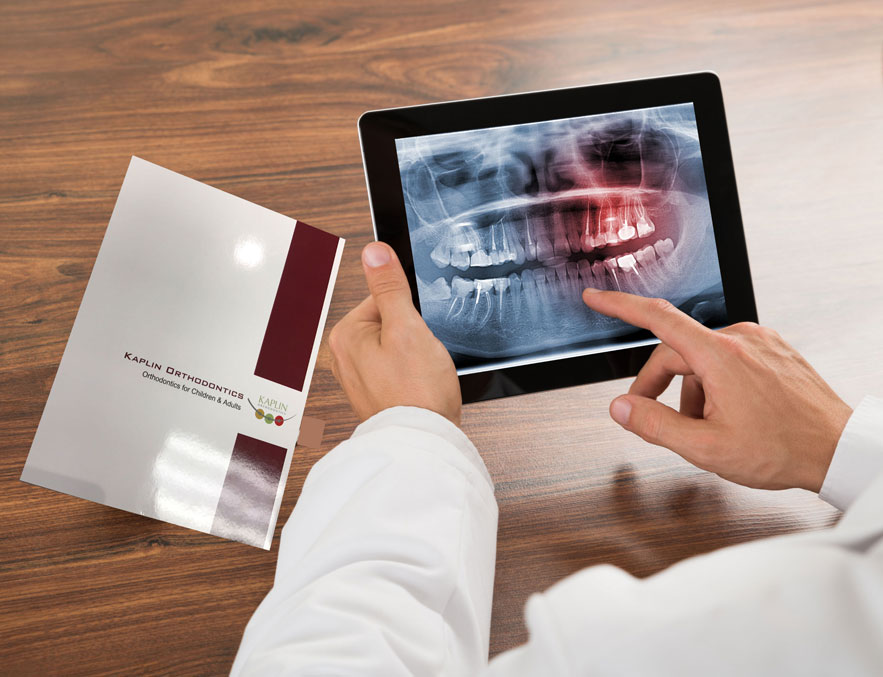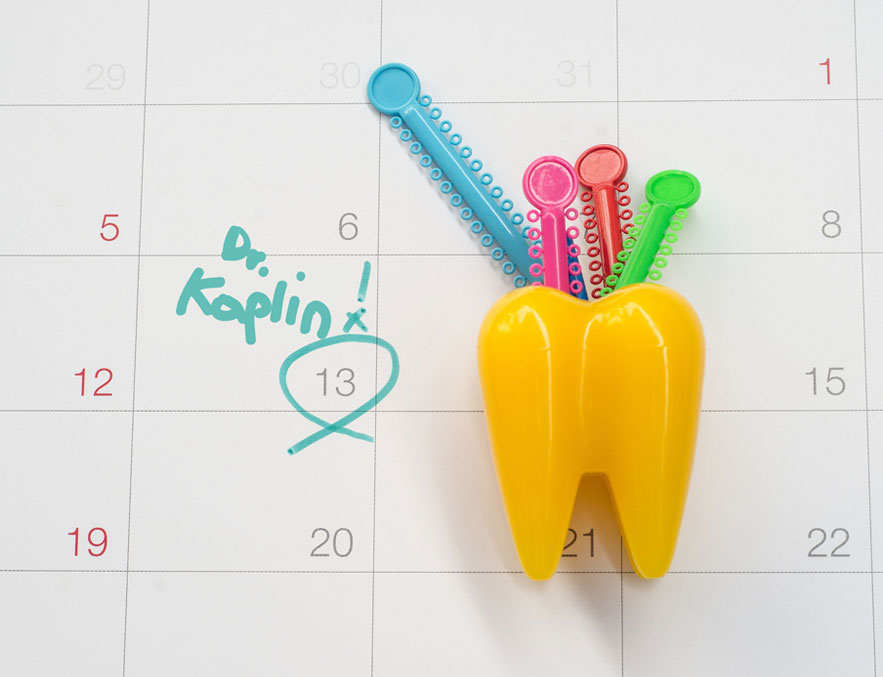When left untreated, many orthodontic problems become worse. Treatment by a specialist to correct the original problem is often less costly than the additional dental care required to treat more serious problems that can develop in later years.
Crowded Teeth
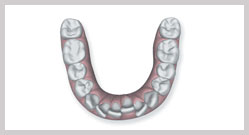
Gapped Teeth
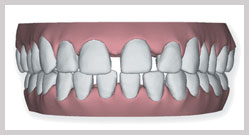
Underbite
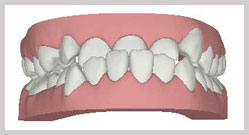
Most orthodontic problems are inherited. Examples of these genetic problems are crowding, spacing, protrusion, extra or missing teeth and some jaw growth problems. Other malocclusions are acquired by thumb or finger-sucking, dental disease, accidents, the early or late loss of baby (primary) teeth.
Common Orthodontic Concerns
Overjet or protruding upper teeth: Upper front teeth that protrude beyond normal contact with the lower front teeth are prone to injury, often indicate a poor bite of the back teeth (molars), and may indicate unevenness in jaw growth. Commonly, protruded upper teeth are associated with a lower jaw that is short in proportion to the upper jaw. Thumb and finger sucking habits can also cause a protrusion of the upper incisor teeth.
Deep overbite
A deep overbite or deep bite occurs when the lower incisor (front) teeth bite too close or into the gum tissue behind the upper teeth. When the lower front teeth bite into the palate or gum tissue behind the upper front teeth, significant bone damage and discomfort can occur. A deep bite can also contribute to excessive wear of the incisor teeth.
Before

After

Open bite
An open bite results when the upper and lower incisor teeth do not touch when biting down. This open space between the upper and lower front teeth causes all the chewing pressure to be placed on the back teeth. This excessive biting pressure and rubbing together of the back teeth makes chewing less efficient and may contribute to significant tooth wear.
Spacing
If teeth are missing or small, or the dental arch is very wide, space between the teeth can occur. The most common complaint from those with excessive space is poor appearance.
Before

After

Crossbite
The most common type of a crossbite is when the upper teeth bite inside the lower teeth (toward the tongue). Crossbites of both back teeth and front teeth are commonly corrected early due to biting and chewing difficulties.
Before

After

Underbite or lower jaw protrusion
About 3 to 5 percent of the population has a lower jaw that is to some degree longer than the upper jaw. This can cause the lower front teeth to protrude ahead of the upper front teeth creating a crossbite. Careful monitoring of jaw growth and tooth development is indicated for these patients.
Crowdig
Condition in which the teeth are too close together and have abnormal positions such as overlapping, displacement in various directions, or torsion.
Before

After


